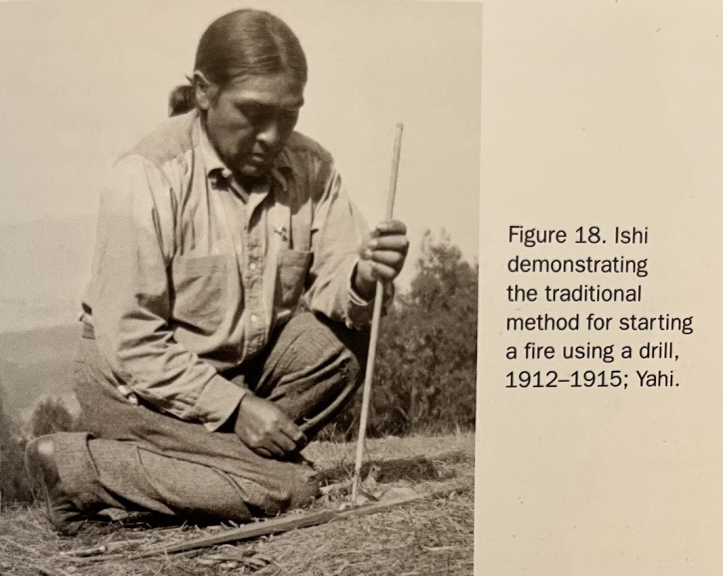Explorers Fire Starting Methods & History
Before the late 19th century there were no matches, lighters, or easy way to obtain a fire to readily light candles, stoves or fires. Instead, people had to produce a flame using skill and luck with a tinderbox or using a drill. The tin boxes contained a piece of steel which was shaped similar to a horseshoe, a piece of flint, which is one of the hardest substances known to man, a smaller disk of tin to cover and extinguish the loose bits of charred linen which was deemed tinder, and some small splints of wood which were dipped into sulfur and used to catch the flames once the tinder had ignited. The cover of the tinderbox was commonly made with a socket to hold a candle.
The flint was held in one hand and struck against the steel, which fit over the knuckles of the other hand. In this way, particles of metal were heated by friction to such intensity that they burnt in the air and were torn off, creating sparks which fell into the tinder and thus ignited. This smoldering combustion was made larger by blowing into the tinder until it was sufficient to ignite the sulfur tipped splints of wood, which were known as matches. The inside small cover was used to put out the tinder and the candle that rested on the top of the lid was lit from the sulfur tipped match.
 Another traditional way of lighting a fire was the drill method used by the Kashia and other tribes. This method uses two pieces of wood - a plank with a hole carved into it and a wooden stick - the stick is placed in the hole and rotated until the friction causes a spark. With the right tinder, the spark catches, creating a larger fire for cooking, drying and providing light.
Another traditional way of lighting a fire was the drill method used by the Kashia and other tribes. This method uses two pieces of wood - a plank with a hole carved into it and a wooden stick - the stick is placed in the hole and rotated until the friction causes a spark. With the right tinder, the spark catches, creating a larger fire for cooking, drying and providing light.
Alaska Native Alutiiq peoples created fire using a wooden bow and drill with spruce pitch as an effective firestarter for wood and tinder that was often damp due to the frequent precipitation in the area. Firewood sometimes had to be split in order to get enough dry wood for a fire, birch and spruce were two of the best options for firewood.
It was not until around 1830 that matches of wood tipped with phosphorus were introduced. Until that time, tinderboxes were the most convenient method of obtaining a fire to light the candles in the home after dusk. After the advent of convenient matches tinderboxes began to lose their popularity and use. Before long the tinderbox was an implement of the past.